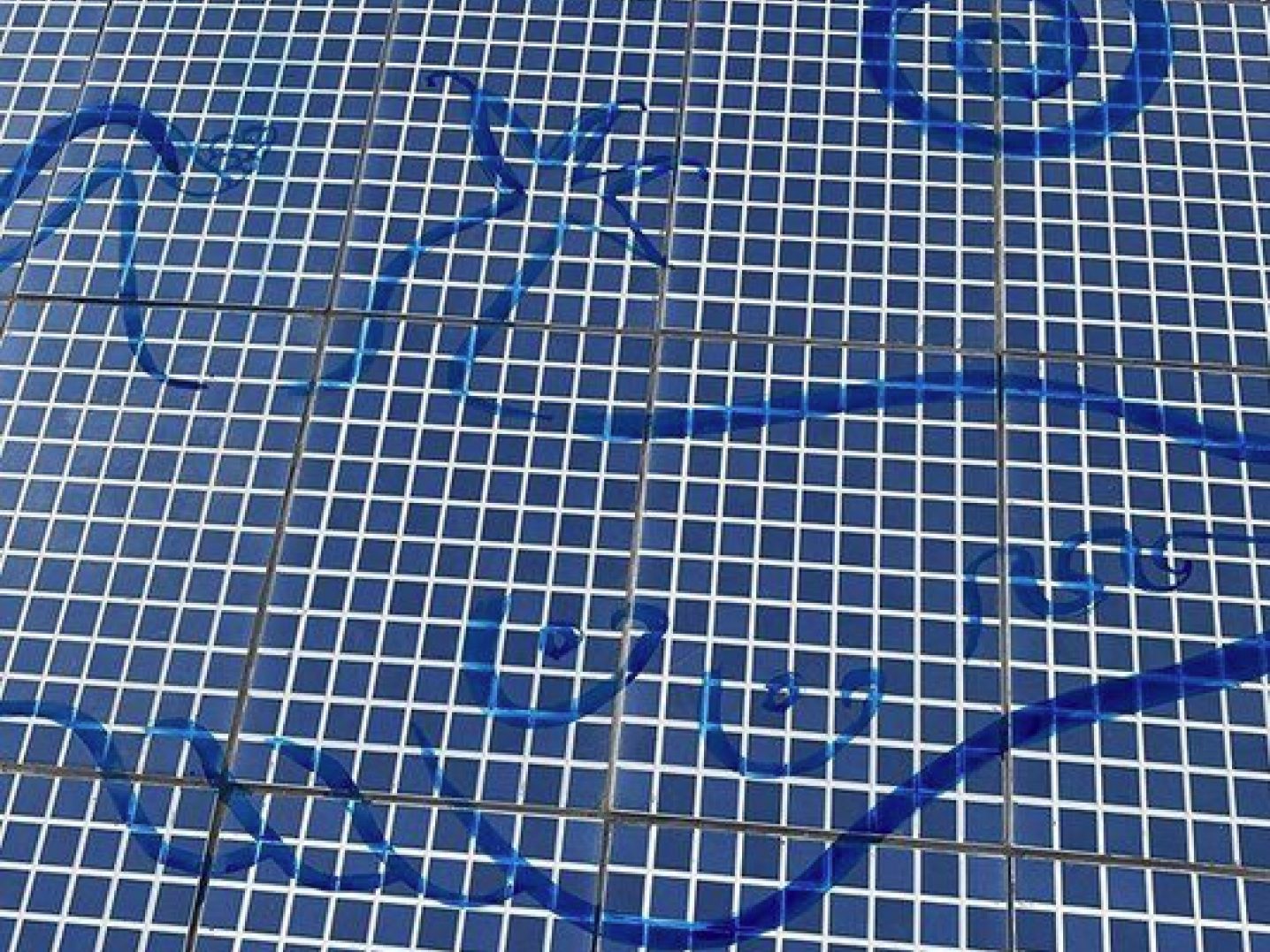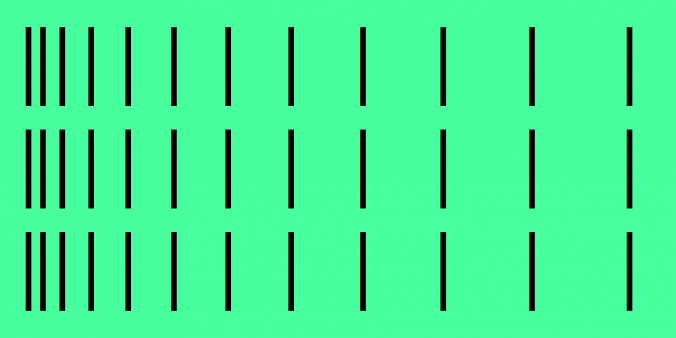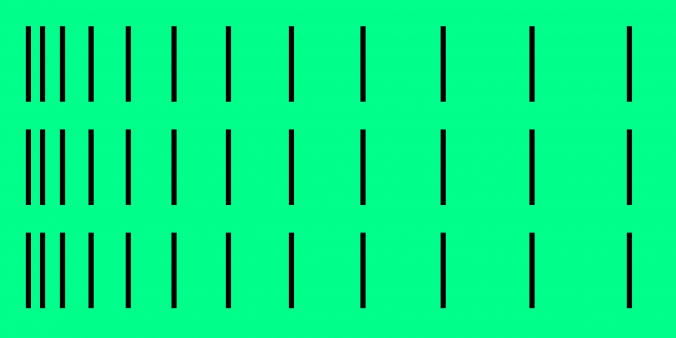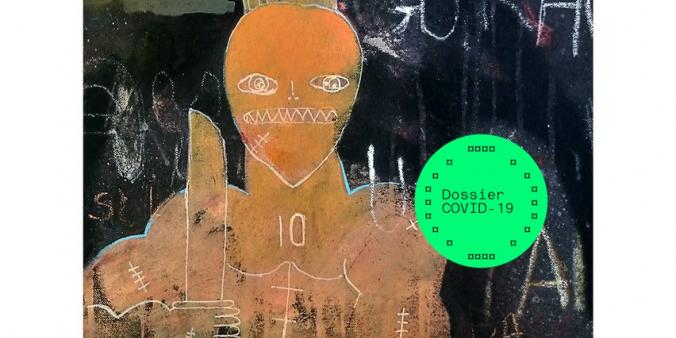
Moritz Ebinger: “The economical and political crises in Surinam are bigger problems than corona”
Artist in residence
Moritz Ebinger was artist in residence at the Tembe Art Studio in Moengo, Surinam, from January until the beginning of April 2020. He was there when the first people in Surinam were infected with COVID-19 and the lockdown measures were proclaimed. He was able to travel back to the Netherlands before the Surinamese airspace was completely closed off. Now, Moritz Ebinger is back in Egmond aan den Hoef where he lives and works most of the time, and where we had the chance to talk over the phone.
Tembe Art Studio
The Tembe Art studio is part of the Kibii Foundation and was founded by Surinamese artist Marcel Pinas in 2009. Over the years many artists from all over the world have come there for a residency and work together with the Moengo community and exchange knowledge and crafts. The majority of the people living in Moengo are from Maroon descent. In times of slavery the term Maroon was given to the enslaved people who had escaped from the plantations and lived in freedom in inland Surinam. The traditional Maroon culture and art forms have been passed on from generation to generation and are still practiced today. The Maroon artists in Moengo often share art techniques and materials with the Tembe Art Studio residents. The other way around, the residents are asked to organize workshops for the people of Moengo and share their ways of working.
Ebinger visited Surinam many times before he started his residency at Tembe Art Studio. He knows the country and its cultural field well, having worked together with several Surinamese artists and lectured at the Nola Hatterman Academy. We had a talk about his residency at Tembe Art Studio, his project with the Moengo community and how he experienced the consequences of COVID-19 in the cultural sector in Surinam.

Swimming pool project
Ebinger speaks enthusiastically about his residency and project. He was in the process of restoring a swimming pool in Moengo that has been neglected and left dry since the Surinamese Interior War (1986-1992). Ebinger: “I first noticed the swimming pool when I was in Moengo 1,5 years ago. My idea was to restore the pool, to paint an artwork on the bottom and fill it up with water again and to give it back to the community. I just started at the beginning and it went really well. There were a lot of children from the community that came to help.”
Besides the swimming pool project, Ebinger has also been working on a film about the illegal practice of deforesting in Surinam and the traditional Maroon dancing practice called Awassa. “I’ve been wanting to make a film like this for a long time. Mondriaan Fonds supported me in this and I’ve started working on the film during my residency at Tembe Art Studio.” Ebinger shot all of the footage while he was in Moengo and is now montaging and editing from his home. “It’s going to be a very simple film,” he says, “very visual and rhythmic. Of course it will be about slavery and the colonial history, but these themes will only be addressed beneath the surface.”
Bigger problems than corona
Unfortunately, while working on the swimming pool as a readymade applied art piece, Ebinger stumbled upon deeply rooted problems in the Surinamese society that were there long before COVID-19 entered the country. “Actually, the economical and political crises in Surinam are bigger problems than corona. There is not enough food and money and it has been like that for quite some time, and now on top of that there is corona.”
He noticed that the prices for art materials rose with 30 or sometimes more than 40%, or would not be available at all. “But,” Ebinger adds, “what’s worse than me not being able to buy art materials, is the people of Surinam not even being able to buy the necessities because of the decreasing buying power.” Ebinger explains that the cultural institutions in Surinam were already experiencing difficulties long before COVID-19. “Art and culture don’t get any support from the government. The institutions and organizations really have to do it on their own.”

Guarded borders
Ebinger noticed that for quite some time COVID-19 didn’t enter the reality of the people living in inland Surinam, because they have plenty of other worries and the number of infected people remained relatively low. However, it did become a harsh reality when the borders to Surinam’s neighboring countries were closed. “A lot of the people have work and families in French-Guyana and Guyana. Every day many of them would cross the river that separates Surinam from French-Guyana. It always formed a natural border that never requested a passport or proof of identity in order to trespass, but now with the corona measures the borders are guarded and people are closed off from their work and families.”
The number of COVID-19 infected people has remained relatively low in Surinam and at this very moment there are none. Still, out of fear for a new outbreak the government is increasing the presence of military posts at the east, west and south borders to prevent people from trespassing. The extreme cautiousness of the Surinamese government is a result of the poor state that the Surinamese health care system is in. The government knows that if COVID-19 would widely spread amongst the Surinamese people, the health care system would not hold.
Art in the public space of Moengo
While in the middle of restoring the swimming pool, Ebinger's project was forced to a halt. The regional political party forbade him to continue with his project, claiming that the project of renovating the
swimming pool already belonged to someone else. This political interference was the result of a conflict between the Kibii Foundation and the district commissary of Marowijne that arose in 2019. As a substitute for his original plan, Ebinger made a swimming pool sculpture for the public space of Moengo that resembles the actual swimming pool. He dedicated the sculpture to the Moengo community as a monument for his canceled project and a reminder to them that the actual swimming pool is still waiting for someone to complete the restoration project.
Quiet opening ceremony
The presentation of the swimming pool sculpture at the end of Ebinger's residency was different than other presentations due to COVID-19: “Marcel Pinas spoke during the presentation of my work but there were only 4 people present to hear it. It felt very surreal and it was so different from the work presentations that I’ve experienced before. Also, the artwork is made for the public space, but there is hardly anyone outside these days because of the corona measurements.”
Although Ebinger's residency turned out different from what he expected. He feels that he learned a lot about the country and its ways, and is looking forward to going back to Surinam when possible.
Do you want to know more about Dutch cultural activities in Surinam? Check out the complete overview of Dutch cultural activities in Surinam in our database.
If you are a cultural professional who wants to go to Suriname, feel free to contact our Suriname advisor Ashley Swagers.




